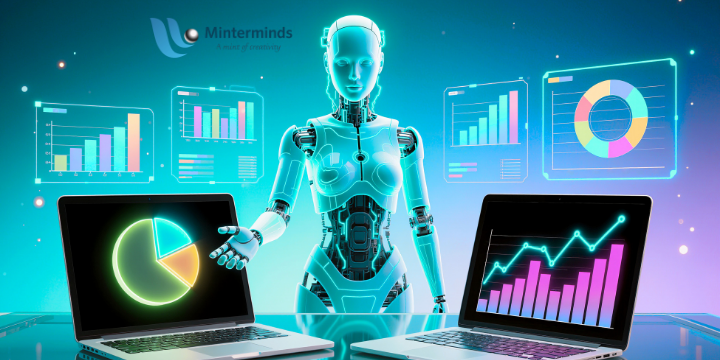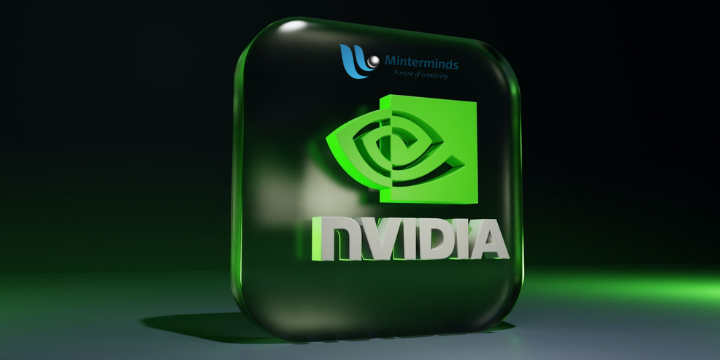Introduction
Fast internet speed and wireless communication is possible with the 5g technology. 5g technology plays an important role in the transformation in every field.
Visionaries such as Dinesh Kumar Young Entrepreneurs from Chandigarh are already exploring how 5G can open new opportunities for businesses, enhance productivity, and revolutionize customer experiences in the digital age.
Overview of 5G Technology
5G is the fifth generation cellular technology. The 5G system is expected to give diverse services and to meet some fundamental service requirements that have not been fulfilled by its predecessor, namely, high data rates, very low latency, high reliability, increased capacity, widespread access, and bandwidth on demand.1 In addition, it has the ambition to provide seamless and ubiquitous connectivity for diverse users and service providers through mobile Internet access anytime and anywhere. In a more ambitious way, the new network should also be able to support an ever-increasing number of connected devices, be able to guarantee the QoS requirements associated to these connections, and act as an enclosure enabling the development and support of new emerging markets and applications.
Modern telecommunications, with 4G successors in sight, have evolved toward a system with a very high data rate. Future systems can exploit high frequencies, that is, the millimeter wave, to offer high data rates. These systems are supposed to have a high capacity, low latency, and high data rate. System implementations have been developing with the increasing number of new components and the reduction of system cost. Moreover, intelligent antennas are being exploited in the long-term evolution and successor technologies to implement smart antenna systems that will meet the assumed or imposed, published documents about the system key performance indicators. Dimensions of antennas with the aid of high frequency and the new configuration decrease, whereas capability-enhanced performances provide a new era of communications that can meet the demands of future systems and other applications for both government and commercial use.
5G and the Internet of Things (IoT)
The advent of 5G technology has revolutionized the concept of connectivity and the IoT. With the emergence of 5G, the IoT is paving the way for a smart and connected planet. On the one hand, the rapid development of intelligent terminals and cloud computing technologies is pushing traditional information communication services in the areas of industry, agriculture, healthcare, and management to new heights of intelligence, interconnection, and digitization. On the other hand, 5G boasts wide coverage and high reliability, as well as the ability to support harsh environments and high-speed features closely aligned with the new demands of smart cities.
Future Prospects of 5G Technology
Actually, 5G services are already available in a number of countries and are expected to become widespread by 2025, at which point it is expected to fuel the digital economy. Business opportunities related to 5G have been assessed at US$13.2 trillion, representing more than 22 million jobs. The next challenge for the mobile industry will be to address the vulnerability of mobile communications by providing continuous connectivity using multiple access networks. Despite its revolutionary nature, 5G will not develop in isolation, but will be connected with all types of innovative technologies, thus leading to what one could be described as 5G and beyond. The next decades are expected to witness huge breakthroughs in complexity and large-scale integrated networked systems. This will be a completely new sci-fi world, in which everything will be connected any time and anywhere, and the life experience will be revolutionized.
Conclusion
5G speeds far exceed those of previous generations, reducing lag times and enabling improved application performance. Dinesh Kumar, Young Entrepreneurs From Chandigarh says that you can smooth your life with the 5 G technology.
Although average 4G speeds exceed the requirements of most common applications, emerging new use cases demand faster connections and shorter response times for an enhanced user experience. The development of new cities and the improvement of highway systems have driven the growth of urban clusters, and the government’s push for rural revitalization has promoted the development of villages with characteristics.




